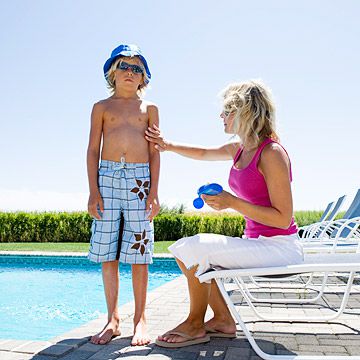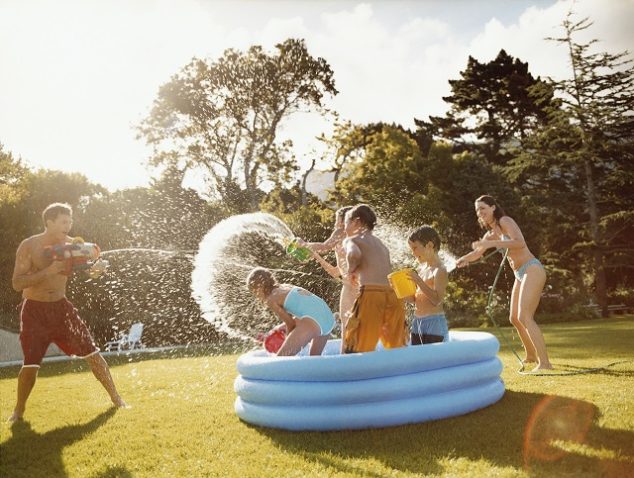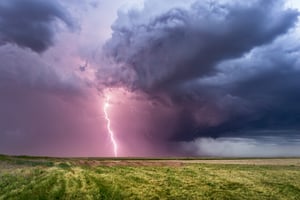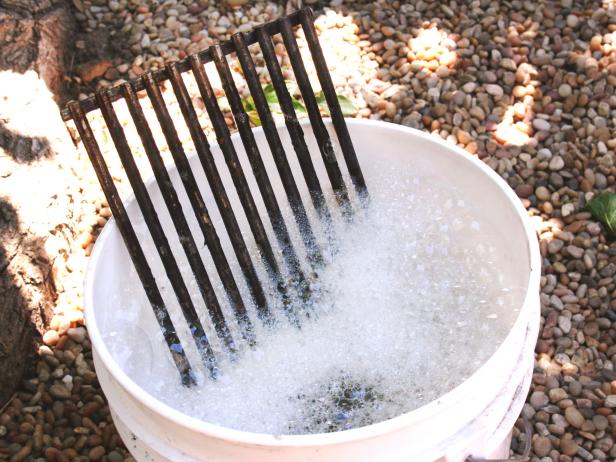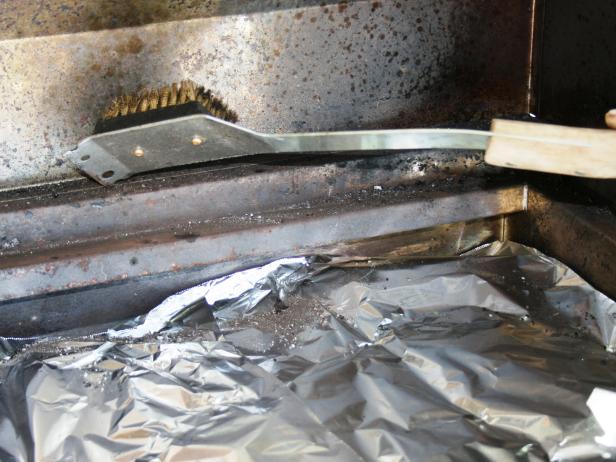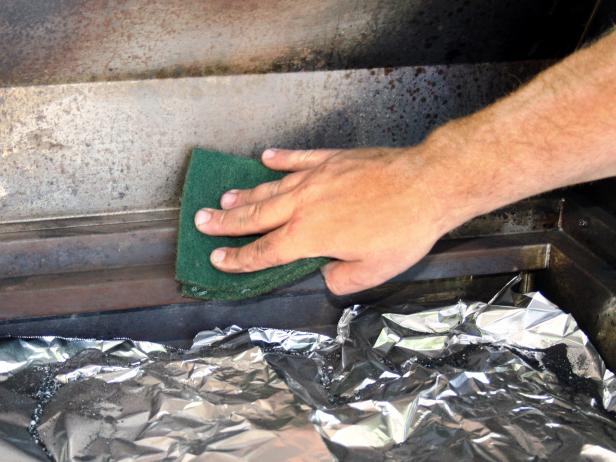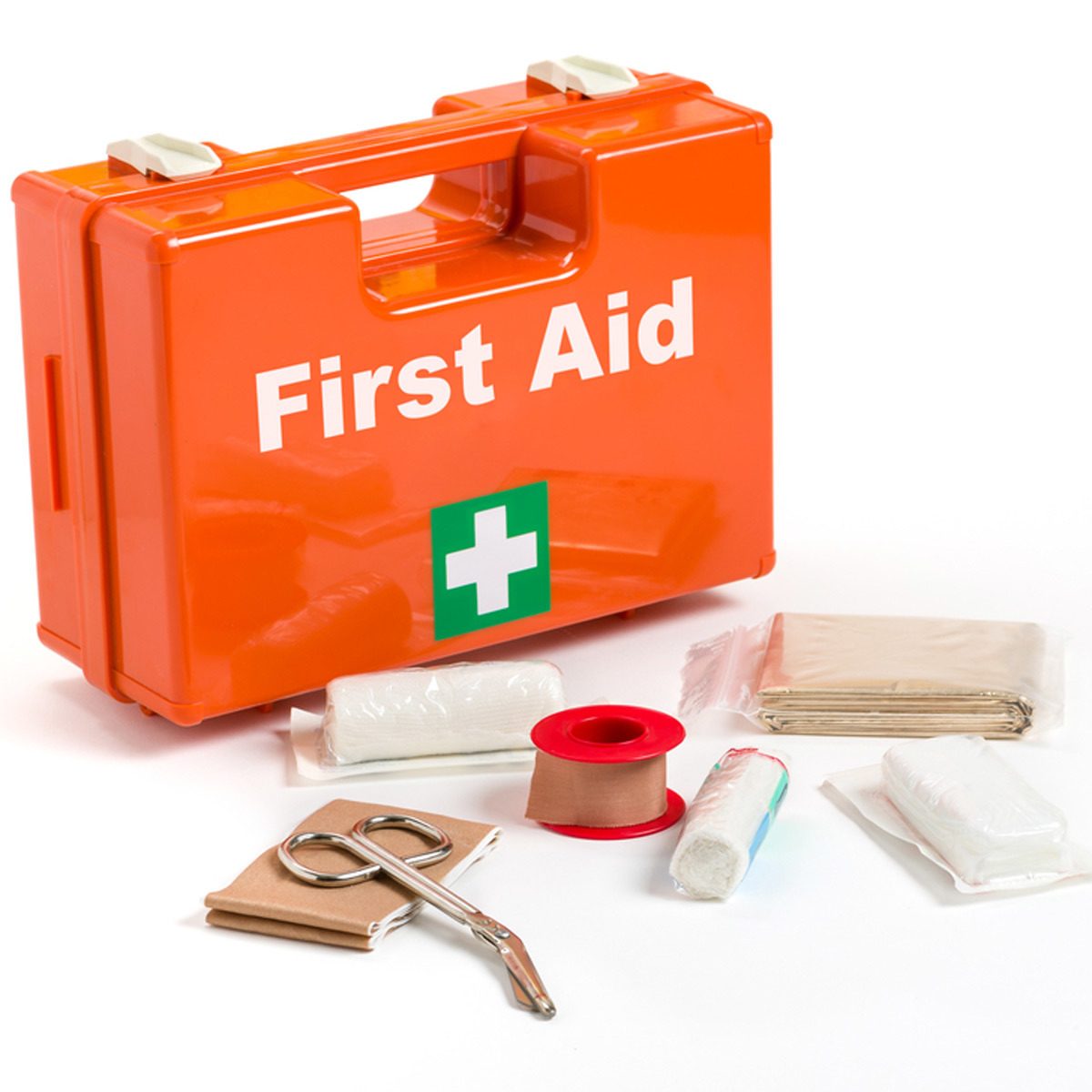
Bring a First Aid Kit
A basic first aid kit should have an antibacterial ointment, antiseptic wipes, some adhesive bandages, ibuprofen and some gauze pads. If you have a camper with a life-threatening allergy, include an EpiPen. Carry first aid supplies in a waterproof box or bag.
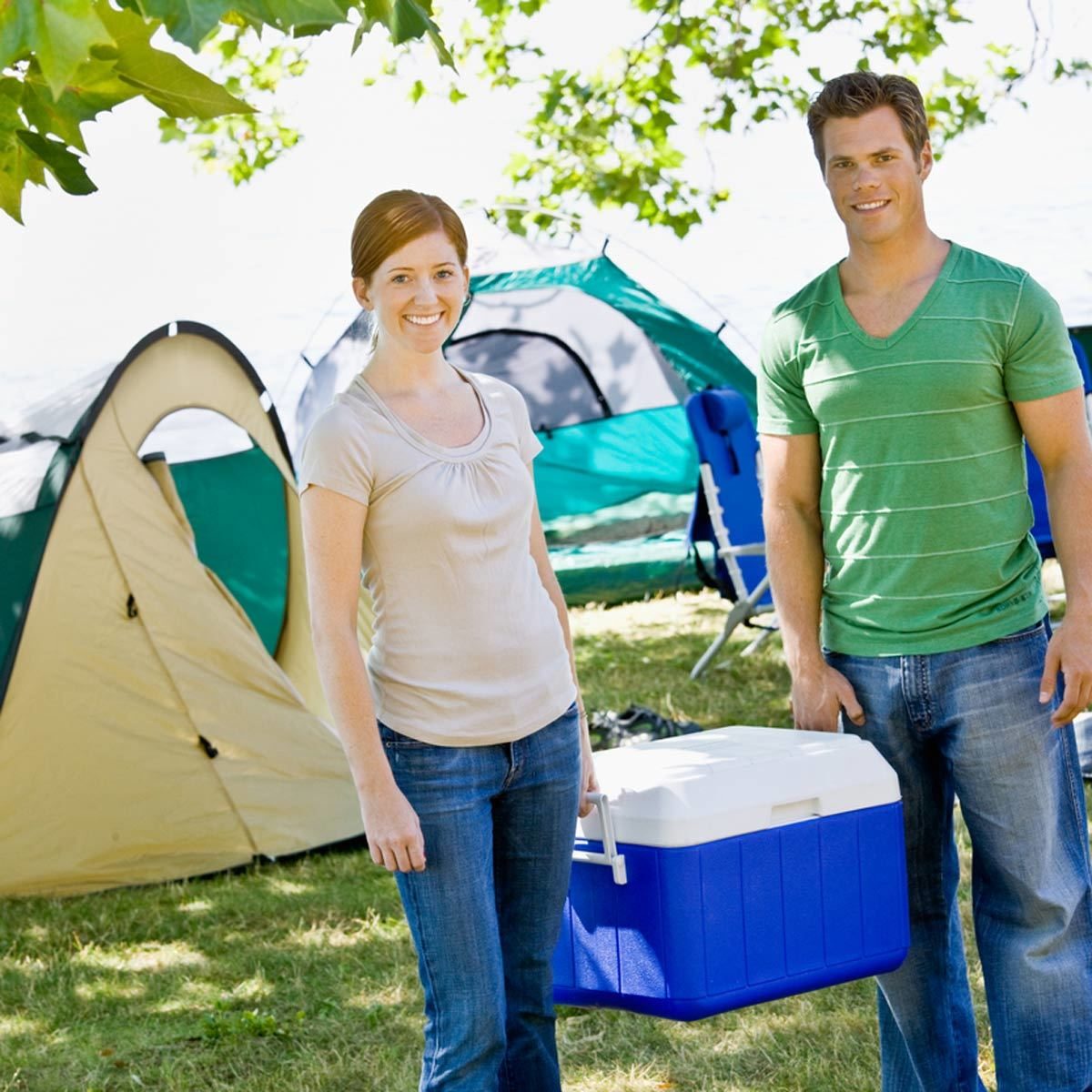
Keep Food Safe
Pack foods in tight, waterproof bags or containers and keep perishable food in an insulated cooler. Make sure raw meats are kept separate.
Here are 16 camping hacks, tips and tricks you’ll wish you knew earlier.

Boil Drinking Water
Except for boiling, the Centers for Disease Control and Prevention say few other water treatment methods are 100-percent effective in removing pathogens. Water should be brought to a rolling boil for one minute to kill all pathogens. Those in higher altitudes may need to boil water for three minutes. See the CDC’s Guide to Drinking Water Treatment and Sanitation for Backcountry and Travel Use.
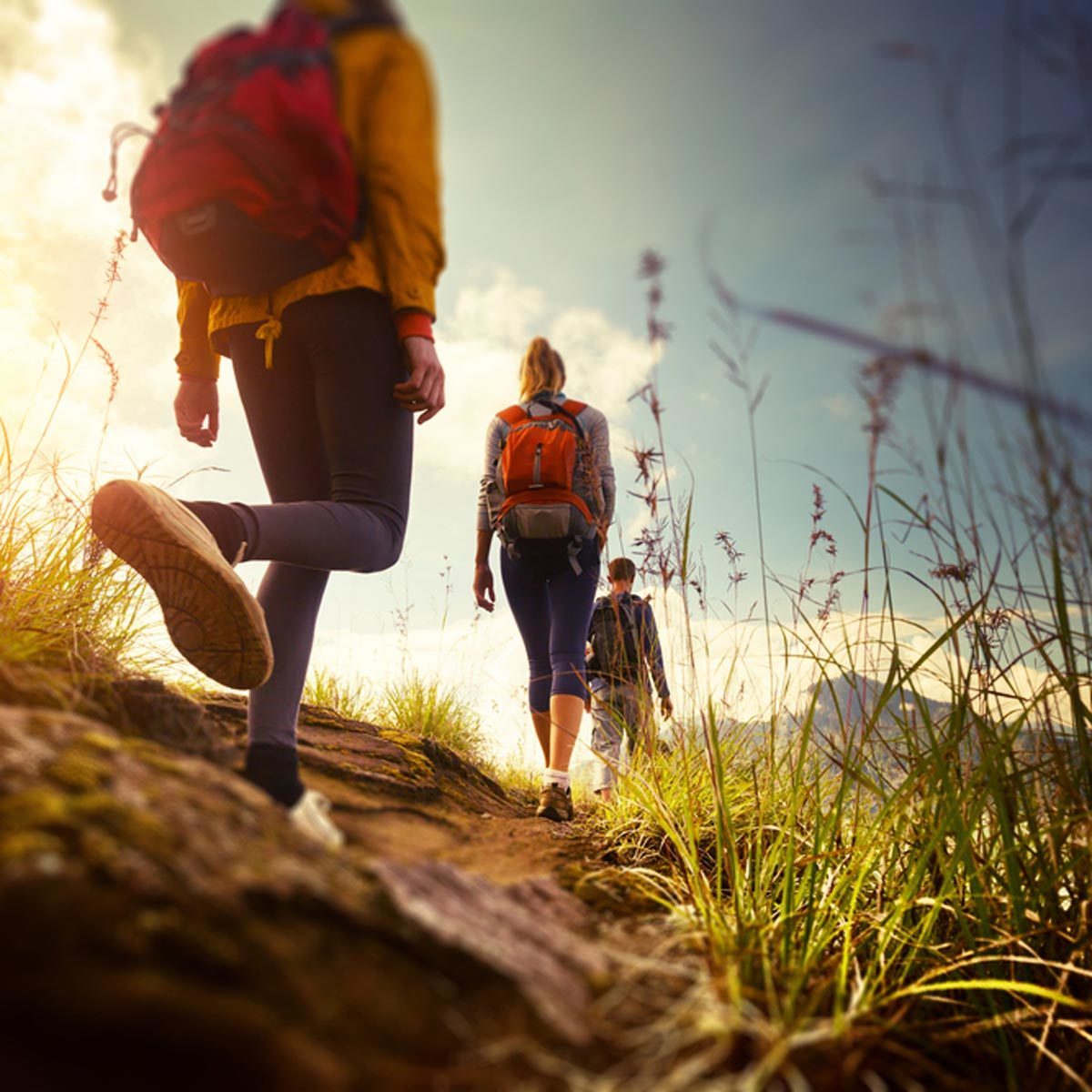
Be Safe on the Trail
When hiking, always wear sturdy shoes or boots and reflective gear. Never go alone and consider bringing flares, such as those in your car emergency kit, in case you become lost.
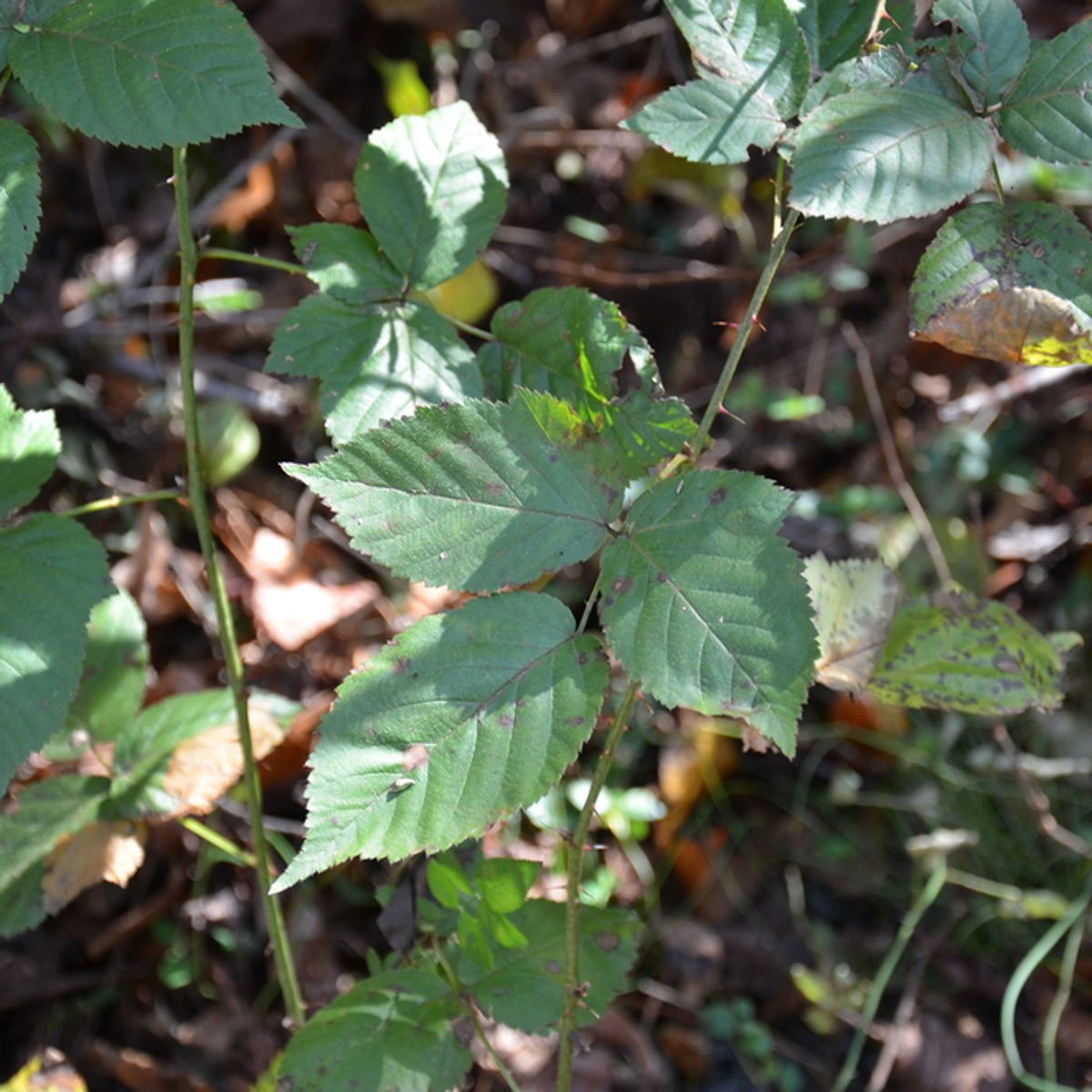
Know Your Plants
No one wants to have a reaction to poison oak or poison ivy when on a camping trip. Learn to identify poisonous plants and consider putting an antihistamine in your first aid kit.
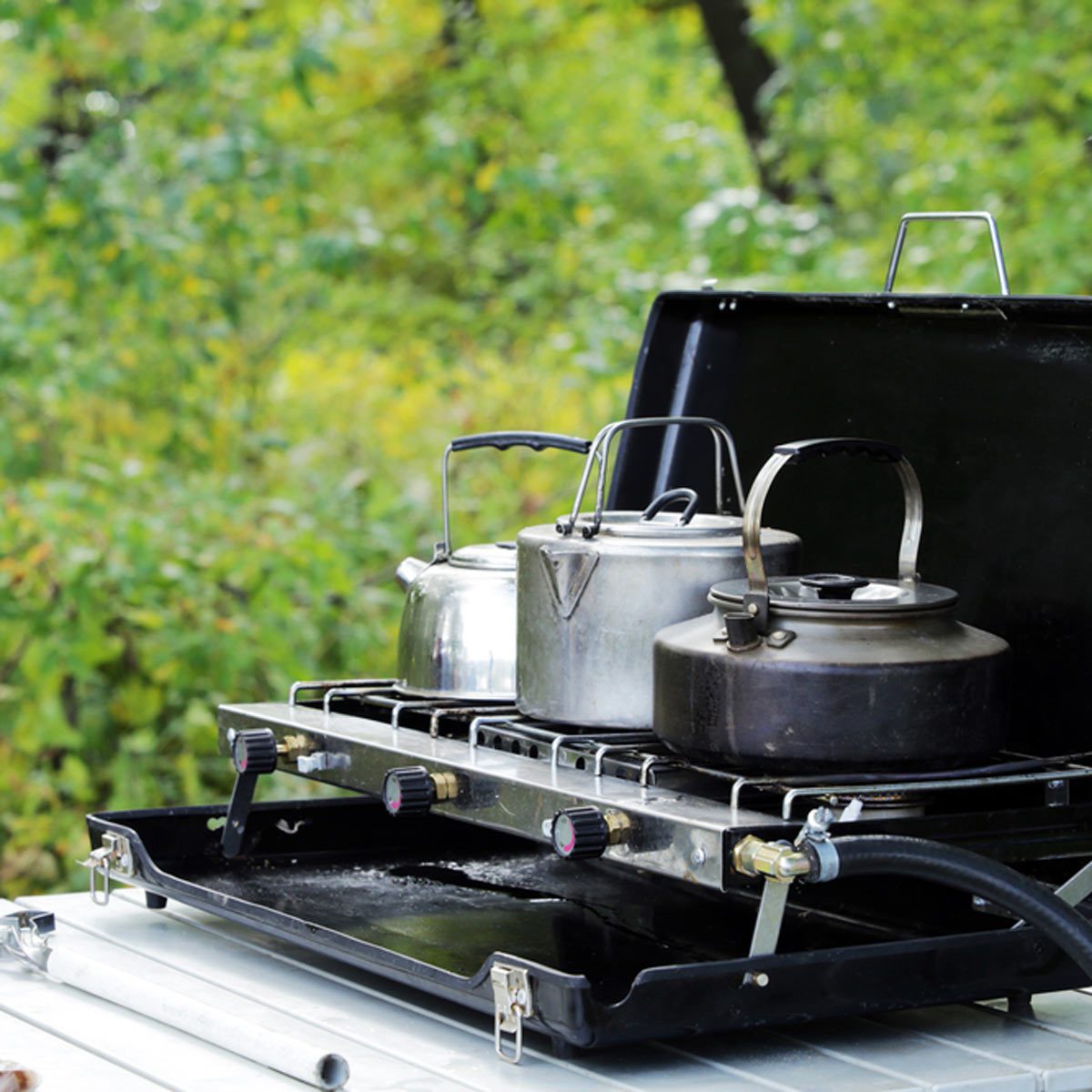
Protect Against Carbon Monoxide
Fuel-burning equipment, such as lanterns, gas stoves, heaters and grills should never be used inside an enclosed shelter, such as a tent or camper. Keep fuel-burning equipment at a safe distance away from flammable materials.
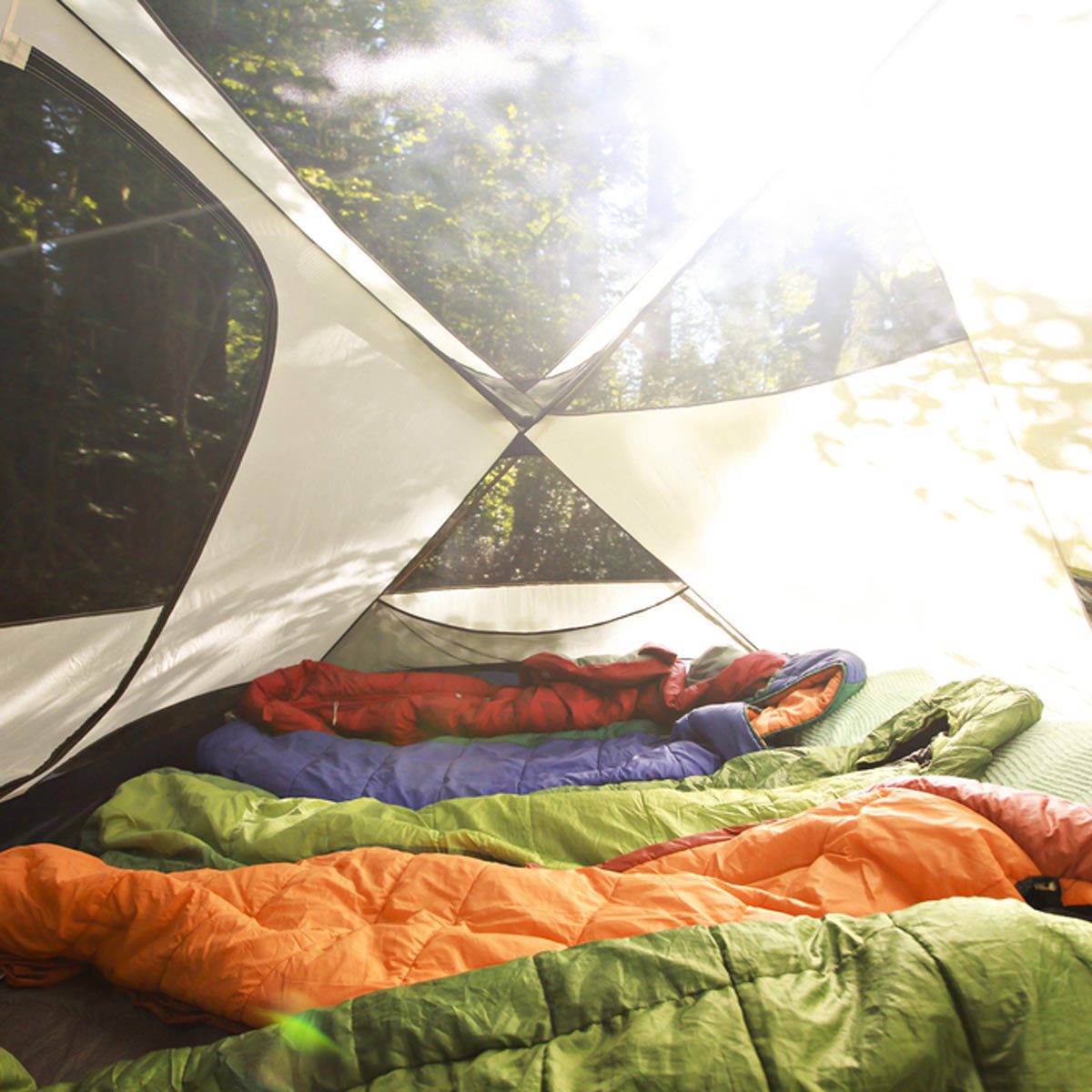
Stay Warm
To protect against the cold, bring plenty of extra bedding and clothing. Be prepared for the cold and know the signs of hypothermia and frostbite. To help you stay dry, use a plastic ground cloth under your tent. Dress in layers, drink plenty of water and avoid alcohol.
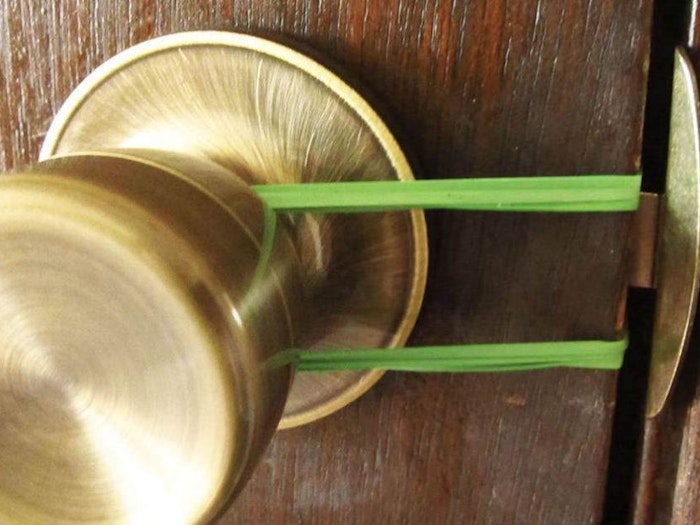 SPONSORED CONTENT
SPONSORED CONTENT
Wrap A Rubber Band Around All Your Doors Tonight, Here’s Why
By livestly.com — If you aren’t doing this already, you should start soon…

Keep Pests Away
Avoid leaving food out that could attract pests, such as raccoons, bears and skunks. Safety tips for pets? If you bring your dog on the trip, keep him on a leash, make sure to check for ticks regularly and provide him with plenty of water and food.
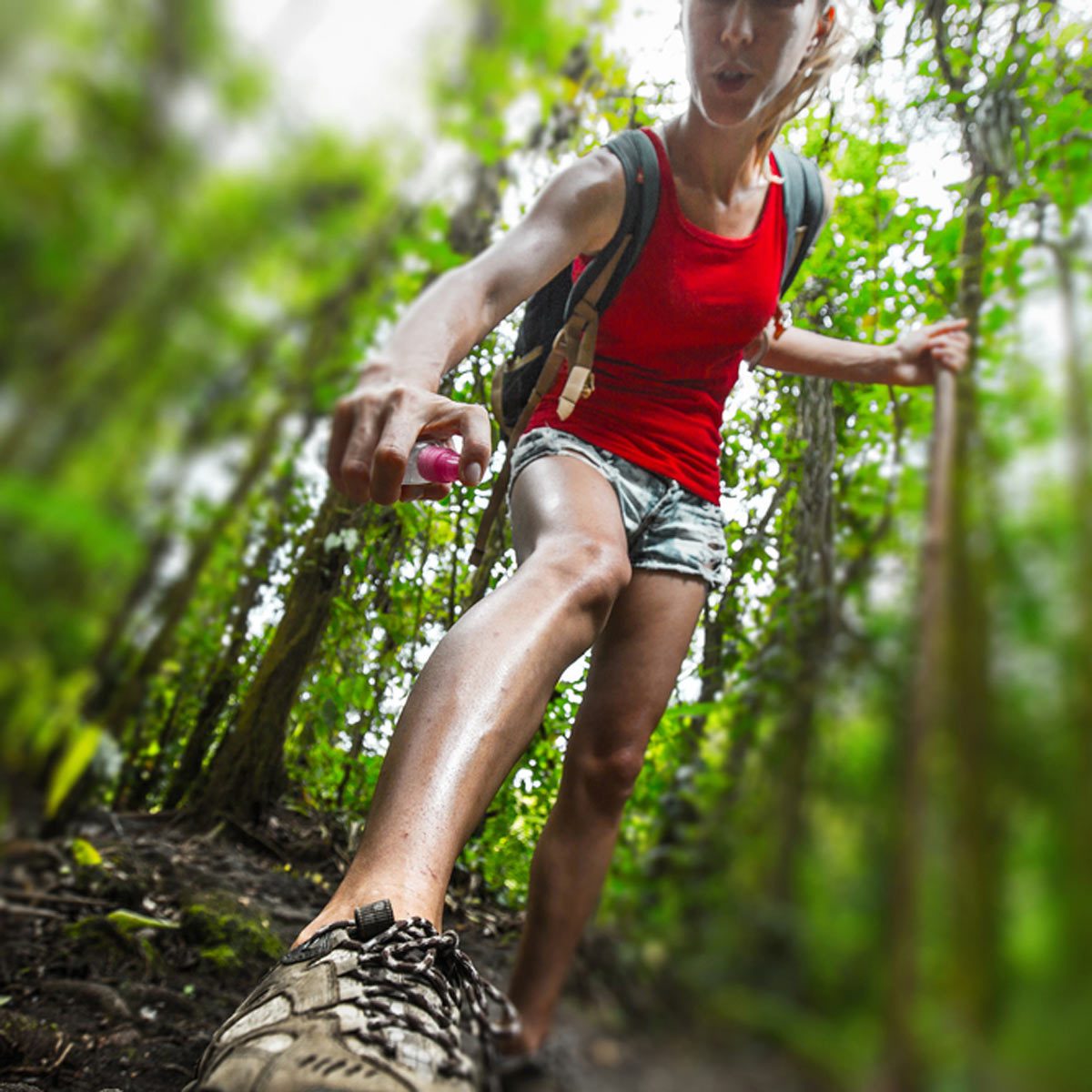
Keep Bugs Away
To keep mosquitoes at bay, apply insect repellent that contains DEET. Wear long sleeves and pants to help keep ticks off skin, and check for ticks often. If found, remove the tick promptly.

Build a Safe Fire
Never build a fire under low trees or leave a burning fire unattended. Make sure there is no debris, such as garbage or dry leaves or grass, near the fire pit. If there is no designated fire pit, surround the fire area with rocks.

